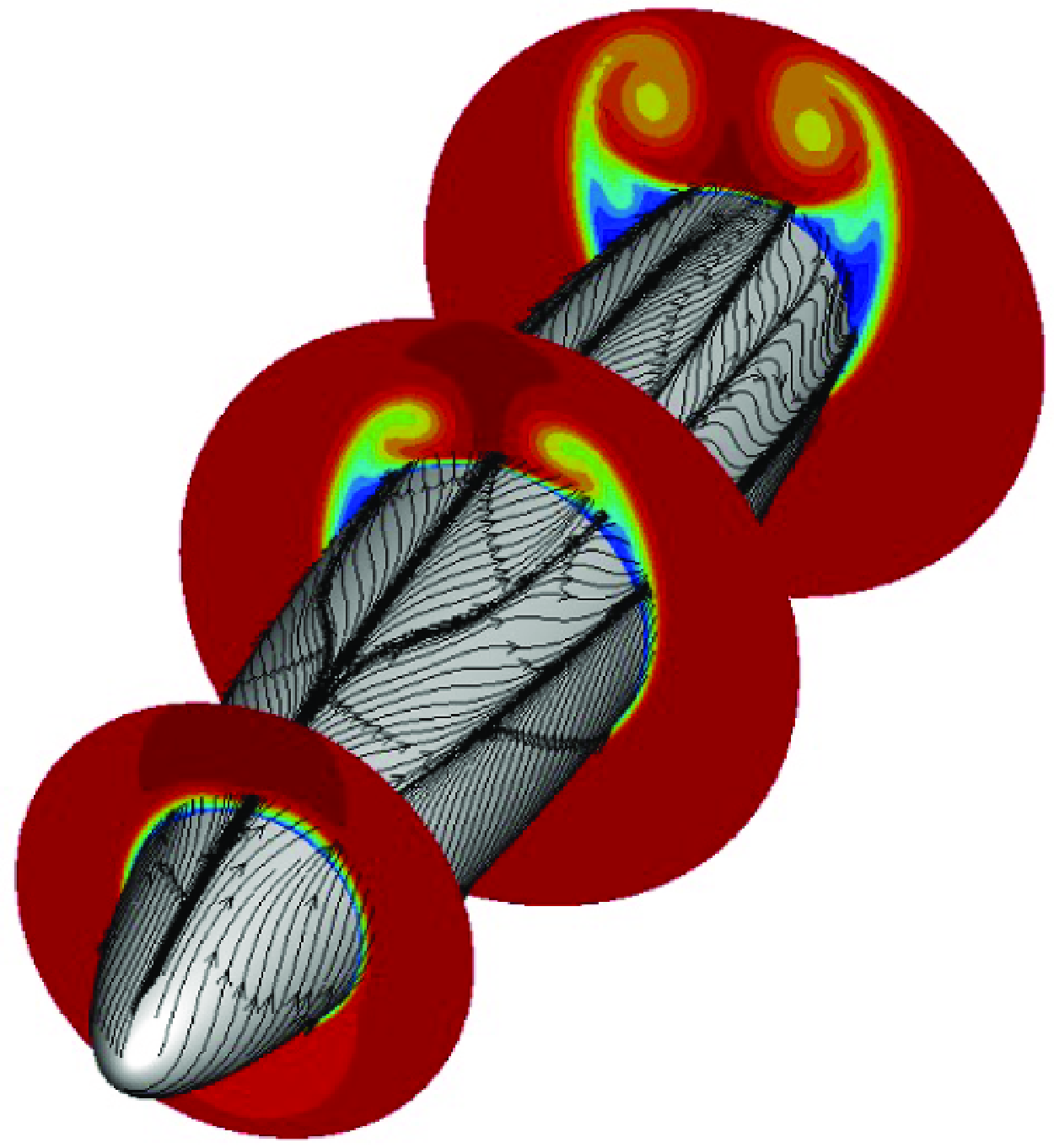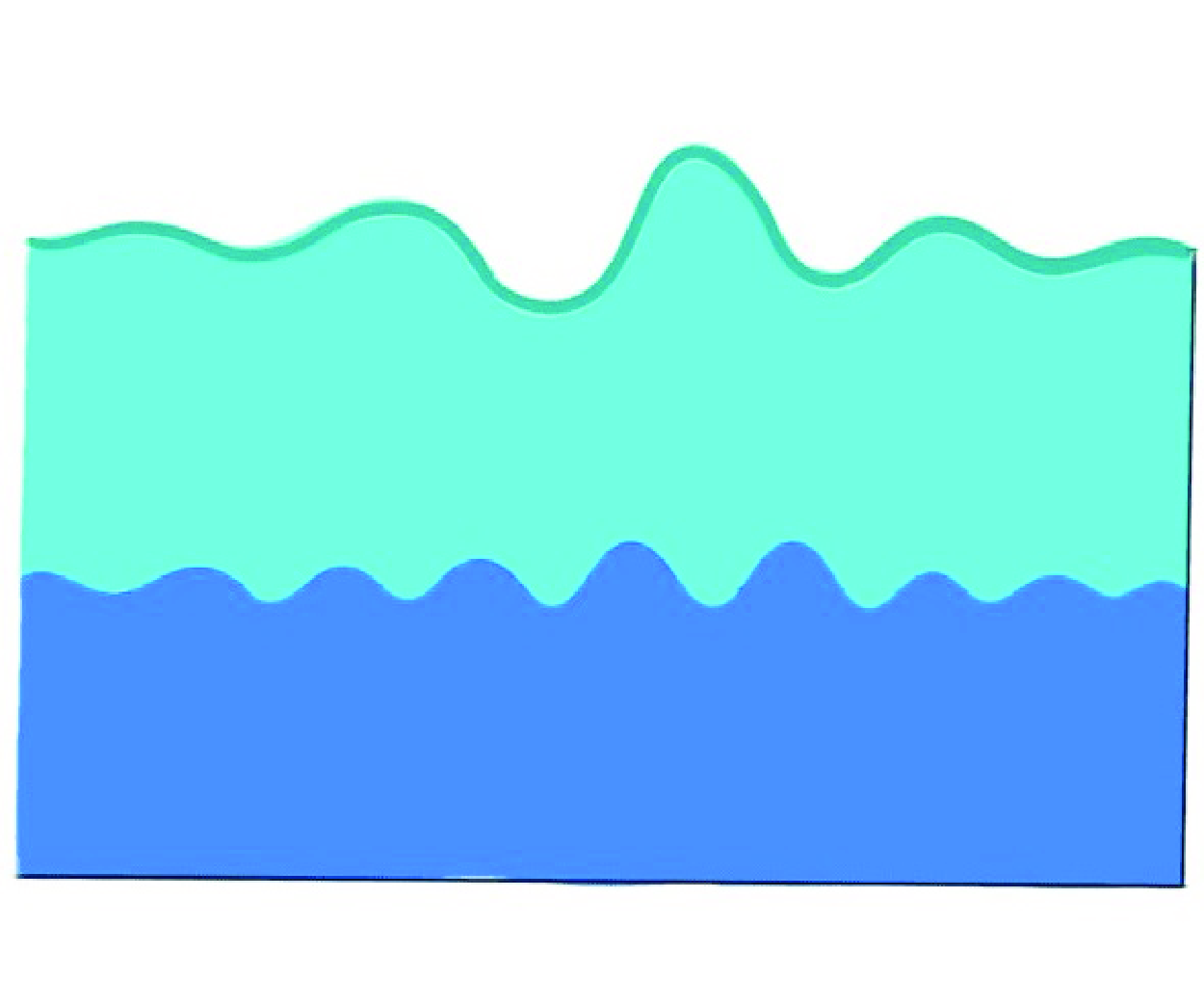Refine listing
Actions for selected content:
1418807 results in Open Access
Factors affecting the confidence of surgical trainees: a systematic review and thematic analysis
-
- Journal:
- The Journal of Laryngology & Otology , First View
- Published online by Cambridge University Press:
- 16 July 2025, pp. 1-8
-
- Article
- Export citation
Bridging gaps in ecological security: spatial conservation prioritization through balancing ecological features in a great Chinese city
-
- Journal:
- Environmental Conservation / Volume 52 / Issue 3 / September 2025
- Published online by Cambridge University Press:
- 16 July 2025, pp. 139-148
-
- Article
- Export citation
Lowland heath forests of Indonesian Borneo: ecological value and conservation challenges
- Part of
-
- Journal:
- Journal of Tropical Ecology / Volume 41 / 2025
- Published online by Cambridge University Press:
- 16 July 2025, e19
-
- Article
-
- You have access
- Open access
- HTML
- Export citation
Data skepticism and capacity for data-based decisions: The case of reclassifying English learners with disabilities
-
- Journal:
- Studies in Second Language Acquisition , First View
- Published online by Cambridge University Press:
- 16 July 2025, pp. 1-22
-
- Article
-
- You have access
- Open access
- HTML
- Export citation
Cardiology across continents: key lessons from a case-based discussion
-
- Journal:
- Cardiology in the Young / Volume 35 / Issue 7 / July 2025
- Published online by Cambridge University Press:
- 16 July 2025, pp. 1450-1452
-
- Article
- Export citation
The Overlooked Legacy: Genetic Contributions of the Childless
-
- Journal:
- Twin Research and Human Genetics / Volume 28 / Issue 3 / June 2025
- Published online by Cambridge University Press:
- 16 July 2025, pp. 234-240
-
- Article
-
- You have access
- Open access
- HTML
- Export citation
B. Moring, Women in the Factory, 1880–1930: Class and Gender (Woodbridge: Boydell & Brewer, 2024). Pages 312 + illustrations 5. £95.00 hardback.
-
- Journal:
- Continuity and Change , First View
- Published online by Cambridge University Press:
- 16 July 2025, pp. 1-3
-
- Article
- Export citation
Does the Relative Education Model Explain Turnout Across Racial and Ethnic Groups?
-
- Journal:
- Journal of Race, Ethnicity and Politics / Volume 10 / Issue 3 / November 2025
- Published online by Cambridge University Press:
- 16 July 2025, pp. 650-663
-
- Article
-
- You have access
- Open access
- HTML
- Export citation
Complications of Carotid Artery Stenting: A Real-World Cohort Study in Canada before and during the COVID-19 Pandemic
-
- Journal:
- Canadian Journal of Neurological Sciences , First View
- Published online by Cambridge University Press:
- 16 July 2025, pp. 1-9
-
- Article
- Export citation
Government procurement, climate change perceptions, and corporate green technology innovation in China
-
- Journal:
- The Economic and Labour Relations Review ,
- Published online by Cambridge University Press:
- 16 July 2025, pp. 1-20
-
- Article
- Export citation
Vorticity dynamics and drag for flows over a sphere and a prolate spheroid
-
- Journal:
- Journal of Fluid Mechanics / Volume 1015 / 25 July 2025
- Published online by Cambridge University Press:
- 16 July 2025, A9
-
- Article
-
- You have access
- Open access
- HTML
- Export citation
Traumatic Acute Subdural Hematoma with Actively Bleeding Middle Meningeal Artery
-
- Journal:
- Canadian Journal of Neurological Sciences , First View
- Published online by Cambridge University Press:
- 16 July 2025, pp. 1-2
-
- Article
- Export citation
Techno-natalism: Geopolitical and socioeconomic implications of emerging reproductive technologies in a world of sub-replacement fertility
-
- Journal:
- Politics and the Life Sciences / Volume 44 / Issue 2 / Fall 2025
- Published online by Cambridge University Press:
- 16 July 2025, pp. 260-279
-
- Article
-
- You have access
- Open access
- HTML
- Export citation
A. Martínez-López, J. Mirás-Araujo and N. Rodríguez-Martín (eds.), Economic History of The European Energy Industry: Lighting up Western Europe, 19th to 21st Centuries (Abingdon: Routledge, 2025). Pages xviii + 197 + Figures 24 + tables 31. £145.00 hardback
-
- Journal:
- Continuity and Change , First View
- Published online by Cambridge University Press:
- 16 July 2025, pp. 1-3
-
- Article
- Export citation
The Patriarchal Political Order: The Making and Unraveling of the Gendered Participation Gap in India. By Soledad Artiz Prillaman. Cambridge: Cambridge University Press, 2023. 320p.
-
- Journal:
- Perspectives on Politics , First View
- Published online by Cambridge University Press:
- 16 July 2025, pp. 1-2
-
- Article
- Export citation
Interactions of flexural-gravity and interfacial waves in a two-layer fluid with a discontinuous background mean flow
-
- Journal:
- Journal of Fluid Mechanics / Volume 1015 / 25 July 2025
- Published online by Cambridge University Press:
- 16 July 2025, A22
-
- Article
- Export citation
Recognizing improved Complex Figure memory assessment: The Emory 4-choice Complex Figure recognition task
-
- Journal:
- Journal of the International Neuropsychological Society , First View
- Published online by Cambridge University Press:
- 16 July 2025, pp. 1-8
-
- Article
-
- You have access
- Open access
- HTML
- Export citation
Explaining geopolitical inventiveness: Late colonialism, decolonization, and the Cold War (1945–1970)
-
- Journal:
- Social Science History , First View
- Published online by Cambridge University Press:
- 16 July 2025, pp. 1-25
-
- Article
-
- You have access
- Open access
- HTML
- Export citation
The End of Peacekeeping: Gender, Race, and the Martial Politics of Intervention. By Marsha Henry. Philadelphia: University of Pennsylvania Press, 2024. 200p.
-
- Journal:
- Perspectives on Politics , First View
- Published online by Cambridge University Press:
- 16 July 2025, pp. 1-2
-
- Article
- Export citation
Preliminary Report on Symptoms of Anxiety, Depression, and PTSD Following Severe Flooding in Brazil: A Longitudinal Perspective
-
- Journal:
- Disaster Medicine and Public Health Preparedness / Volume 19 / 2025
- Published online by Cambridge University Press:
- 16 July 2025, e189
-
- Article
- Export citation







